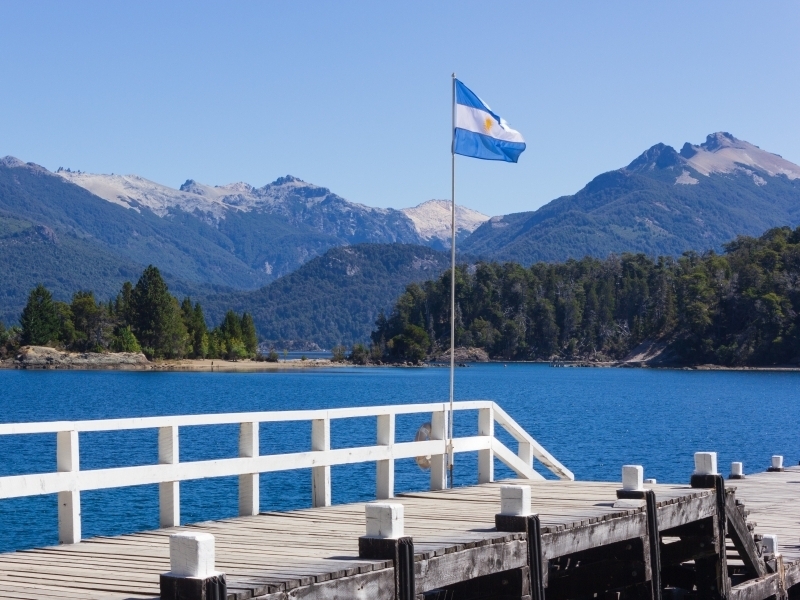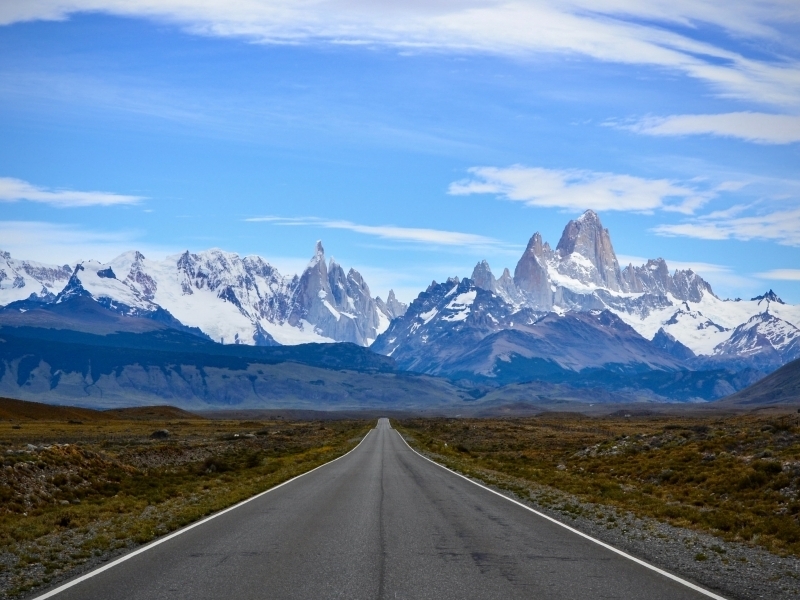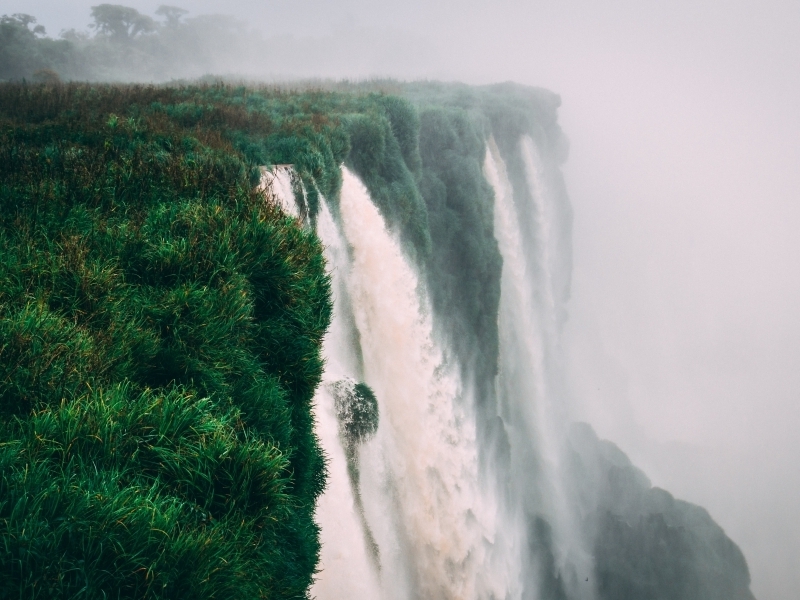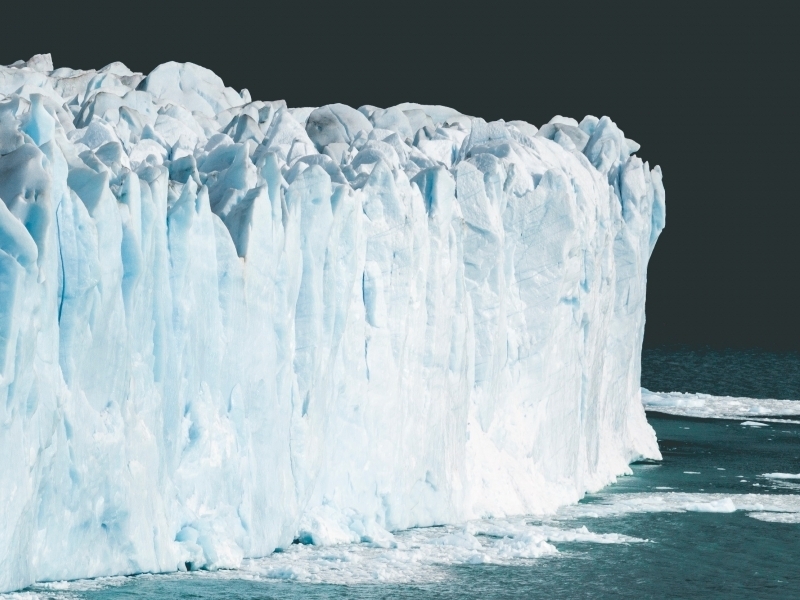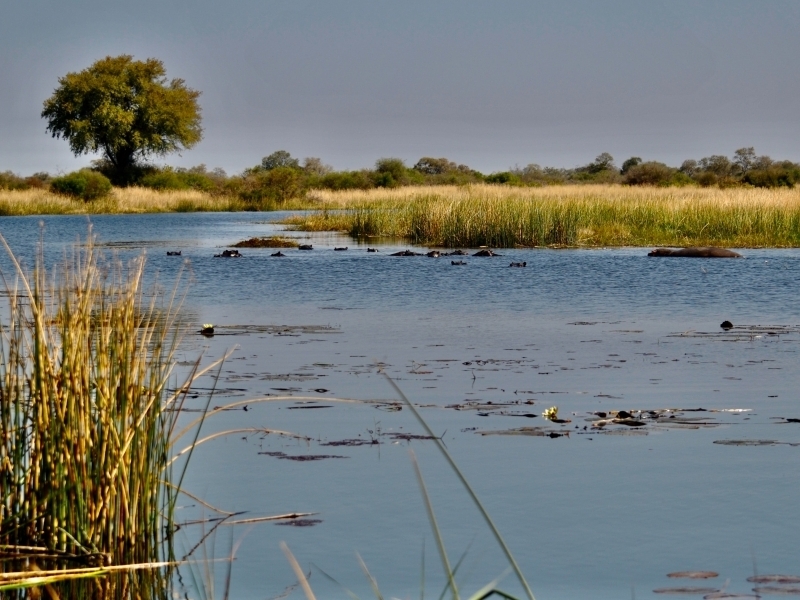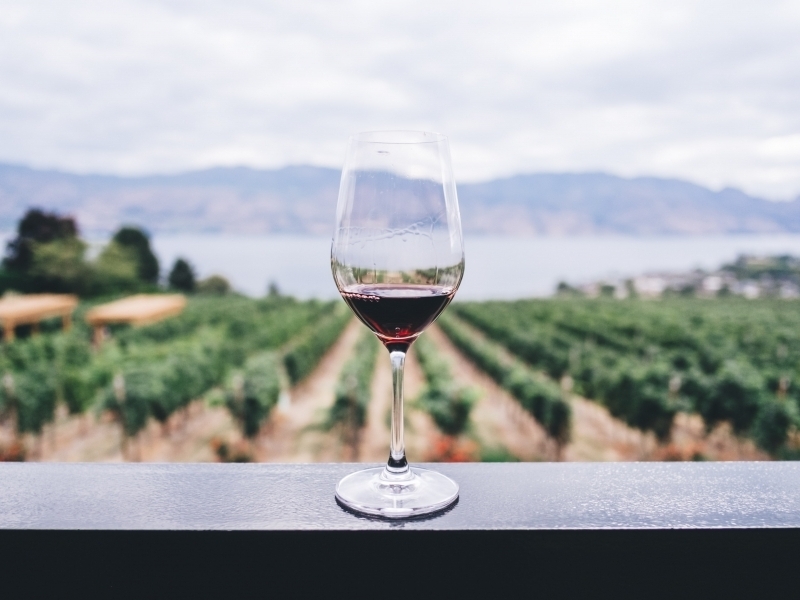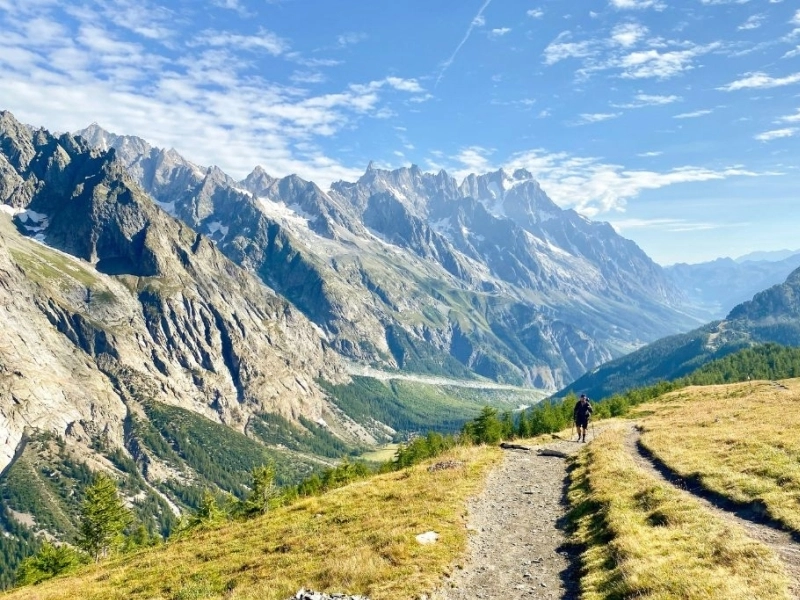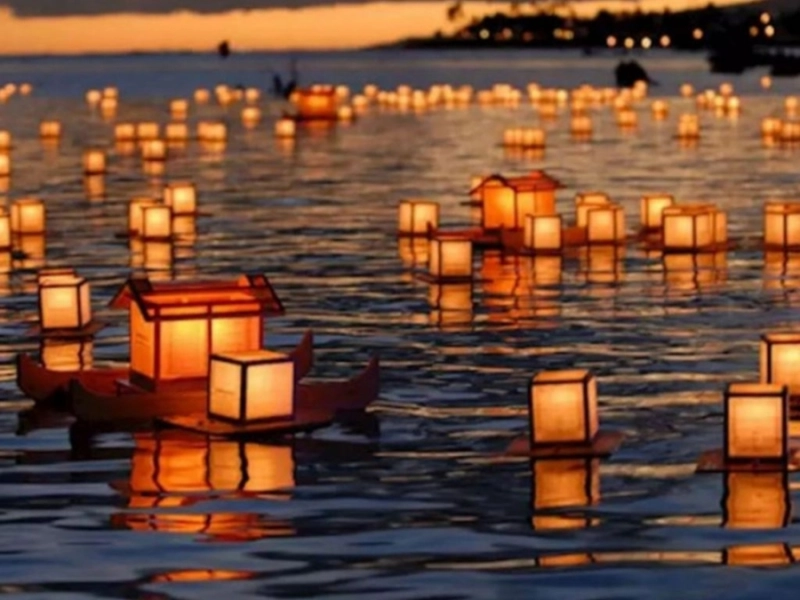News and Testimonials
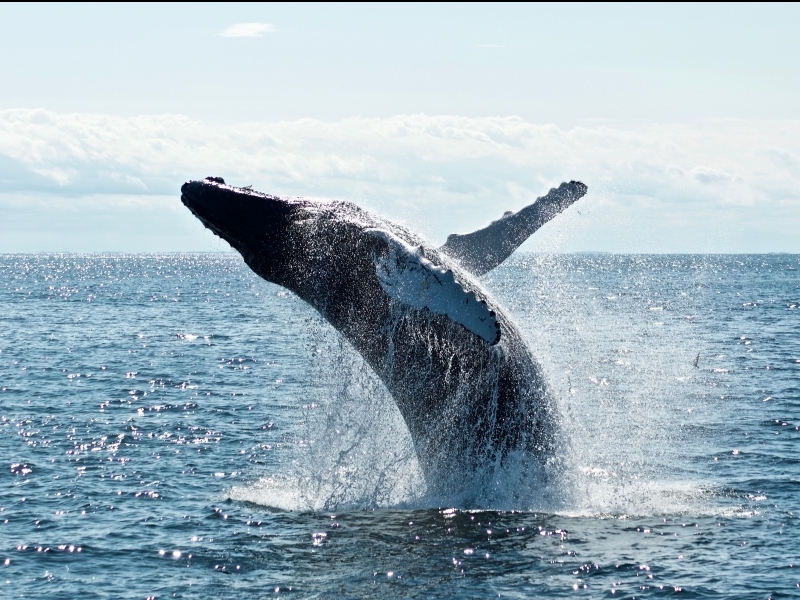
The top things to do in Argentina: from the Andes to the tango
From riding a horse across the Pampas and whale-watching off Patagonia to high-octane football matches, sultry tangos and treks across the Andes, Argentina offers an incredible range of activities, and adventures.
With so many options, and such a vast country to explore, it can be tough to know where to start. Whether you’re a first-timer or a repeat visitor, there's always more to see – here’s our guide to some of the best things to do in Argentina.
Watch a fútbol match: Few events offer a better insight into the Argentine psyche than a fútbol (soccer) match. Stadiums such as Boca Juniors’ La Bombonera (“The Chocolate Box”) and River Plate’s looming El Monumental are transformed into cacophonous arenas as tens of thousands of supporters sing, chant, shout, groan and celebrate in unison. At times, it feels less like a sport and more like a religion.Tickets are relatively easy to come by in Buenos Aires, where most teams are based, and seats are cheaper than for equivalent sporting events in North America or Europe. Although you can go to a match independently, several travel agencies offer guided tours for the uninitiated. And if you manage to tear yourself away from the action on the terraces, you may spot the next Messi or Maradona on the pitch.
Experience Iguazú Falls: A Unesco World Heritage site shared between Argentina and Brazil, this mighty set of waterfalls is one of the top tourist attractions for visitors to both countries – and for good reason. Despite the crowds, it’s impossible not to be awed by the sheer scale and power of the Río Iguazú, as it splits into myriad cascades that charge over a plateau fringed with emerald-green rainforest humming with life.A series of trails, boardwalks, viewpoints and boat trips allow you to get remarkably close to the action. You can expect to get wet at some point, but that’s all part of the fun. With border crossings conveniently close to the falls, it's easy to see this stunning spectacle from both sides.
Ride like a gaucho across the Pampas: In the 19th and early 20th centuries, cattle ranching transformed the Argentine economy, and its landscape. The heartland of the industry remains the Pampas, the vast, flat grasslands that cover much of the center of the country, and many working estancias (ranches) in the region throw open their doors to visitors.You can stay in beautiful – sometimes luxurious – farmhouses, enjoy some hearty Argentinian food, and try your hand at everything from milking to polo. The highlight, however, is the chance to go horse riding with the gauchos (cowboys), who have a romantic, semi-mythologized place in Argentina’s history and national identity.
Watch calving glaciers in Patagonia: In southwest Patagonia, close to the border with Chile, Parque Nacional Los Glaciares protects a huge swathe of the continent’s biggest ice field, the Campo de Hielo Patagónico Sur. As you might expect, this is one of the top places in the world to get close to a glacier. A haven for trekkers and climbers, the centerpiece of the park is the immense Glacier Perito Moreno, a 30km (18.6 mile) wall of ice that juts out into the iceberg-dotted Lago Argentino. Periodically, large chunks of the glacier calve off the edge with a roar and plunge into the waters below, creating a new set of icebergs.
Sample an Argentinian asado (barbecue): Argentina is synonymous with world-class beef, and juicy, well-marbled and full-flavored steaks are expertly cooked by countless parrillas (steakhouses) across the country, available in a bewildering array of cuts. The best way to sample Argentinian choice cuts is at a traditional asado (barbecue), especially at an estancia or – if you can score an invite – a family home on a Sunday afternoon. You’ll quickly understand why the Argentines are some of the biggest consumers of beef on the planet.
Go whale watching in Península Valdés: Reserva Faunística Península Valdés in northeast Patagonia teems with life. The waters offshore are a vital breeding ground for southern right whales, who migrate here in their thousands every year. These graceful cetaceans – who can live up more than a century – can be viewed close up on boat, diving and snorkeling trips, as well as from the shoreline. Colonies of lumbering elephant seals and playful sea lions populate Península Valdés’ beaches, sometimes menaced by stealthy orcas who swim remarkably close to the shore in search of their prey. Getting close – but not too close – is part of the thrill of visiting this rugged peninsula.
Climb Cerro Aconcagua: Soaring to a towering 6,962m (22,841ft), Cerro Aconcagua is the tallest mountain in the Southern and Western hemispheres. Close to the city of Mendoza, and surrounded by the Parque Provincial Aconcagua, the snow-topped volcanic peak was sacred for the Inca and pre-Inca cultures, who used it as a funerary site. Today, the ice-capped summit of Aconcagua draws mountaineers from around the world, but even if you don’t have technical climbing skills, you can still take part in a tough but rewarding guided expedition up the Northwest (or “Normal”) route to the summit.
Navigate the Paraná Delta: A short ride on the scenic Tren de la Costa whisks you from the heart of Buenos Aires to the laidback island-town of Tigre, gateway to the Paraná Delta. This maze of meandering, coffee-colored waterways and rainforest-covered islands is the third-largest river delta in the world, promising thrilling journeys by boat, canoe or kayak. Before long you'll leave behind bustling Tigre and enter a riverine wilderness, dotted with tranquil guesthouses and resorts offering swimming, hiking, and trips to spot the wildlife, which includes capybara, crab-eating foxes and abundant birdlife. There are few better places to get away from it all in Argentina.
Trek through the Andes: From high-altitude deserts in the north to sub-polar tundra in the south, the Argentinian section of the Andes offers some of the finest hiking on Earth. A trio of national parks in the Argentinian Lake District, Patagonia and the far south – Nahuel Huapi, Los Glaciares and Tierra del Fuego – are particularly enjoyable places to explore on foot. These stunning wild areas have trails suitable for day hikes, overnight treks and multi-day adventures, and many can be tackled without a guide. There are also plenty of well-tended campsites and lodges known as refugios, meaning lots of options for independent travelers. The towns of El Calafate and El Chaltén in Patagonia are the most popular trekking hubs.
Chill out in Salta: Famed for its historic architecture, thriving folk-music scene and collection of interesting museums, galleries and cultural centers, the city of Salta has long been a traveler favorite. The center is easy to explore on foot, with a relaxed vibe and an array of excellent restaurants, cafes, bars and laid-back places to stay. Located in the Andean northwest, the city is also the jump-off point for trips into the gloriously rugged landscapes of the surrounding Salta and Jujuy provinces, and wine-quaffing trips to Cafayate.
Go wine tasting in Mendoza: Centered around the cosmopolitan city of the same name in midwestern Argentina, Mendoza is the biggest wine-producing area in the country. Many of the vineyards that blanket the region – famous for its rich and fruity Malbecs – offer accommodation, tours and tastings. In March, the city of Mendoza stages the Fiesta Nacional de Vendimia, a week-long, carnival-like celebration of the annual grape harvest, and some wine producers allow visitors to participate in the harvesting.
Learn to tango in Buenos Aires: Originating in the capital in the late 19th century and blending European, African and South American influences, the tango is sultry, romantic, dramatic and quintessentially Argentine. Watching a local tango gathering at a venue such as Villa Malcolm or Milonga La Glorieta is a powerful experience. It’s highly advisable to learn the basics before throwing yourself onto the dancefloor – fortunately, Buenos Aires has numerous classes with English-language instruction aimed at travelers. Once you’ve picked up some key steps you can head to a milonga – public tango dance events held in a range of venues, from converted warehouses to moody basement bars.
Go birdwatching in the Iberá wetlands: Spanning more than 1,950 sq km (753 sq miles) of Corrientes province, Parque Nacional Iberá encompasses some of the largest freshwater wetlands on the planet. Recently expanded thanks to a large donation of land from a conservation foundation, this labyrinth of channels, lagoons and islands is home to more than 360 species of birds, including roseate spoonbills, jabiru storks, kingfishers and flightless tinamous.Slow boat trips along the reed-lined waterways enable you to get close-up sightings of the park’s prolific avian life, as well as its multitude of mammals, from capybaras to capuchin monkeys.
Sail along the Beagle Channel: Named after the ship that carried naturalist Charles Darwin on his voyage around South America, the Beagle Channel cuts through Tierra del Fuego, the southernmost part of the continent. Boat trips along this scenic waterway depart from the remote city of Ushuaia, situated on its north shore. These cruises offer superb wildlife-watching opportunities – whales, dolphins, sea lions and penguins can all be spotted – along with stunning mountain views. En route, you'll stop in at lighthouses and islets dotted with ancient middens (shell mounds) left behind by Tierra del Fuego’s indigenous inhabitants.
Ski in the Lake District: Between June and September, Nahuel Huapi – Argentina’s largest national park – transforms into a playground for winter sports enthusiasts. The slopes of the towering peaks that overlook the lakeside city of Bariloche, which sits inside the park, attract skiers and snowboarders from across South America and beyond. There are slopes for novices and experts alike and equipment hire, lift passes and classes are all significantly cheaper than in the US or Europe. Bariloche’s cozy, alpine-style restaurants and pubs, meanwhile, are perfect for a spot of après-ski.
Learn something new at Quebrada de Humahuaca: A serpentine 155-km (96-mile) valley stretching towards the Bolivian border, the Quebrada de Humahuaca is an epic landscape of jagged, ochre-colored rock formations, high plateaus, winding rivers and multi-hued mountain slopes. Beyond its geological features, this Unesco World Heritage site in Jujuy province also offers a glimpse of the indigenous cultures that have occupied this part of the Americas for millennia, in the form of traditional villages, archaeological sites and centuries-old trails laid down by the Inca and their forebears.
Source: https://www.lonelyplanet.com/articles/top-things-to-do-in-argentina

